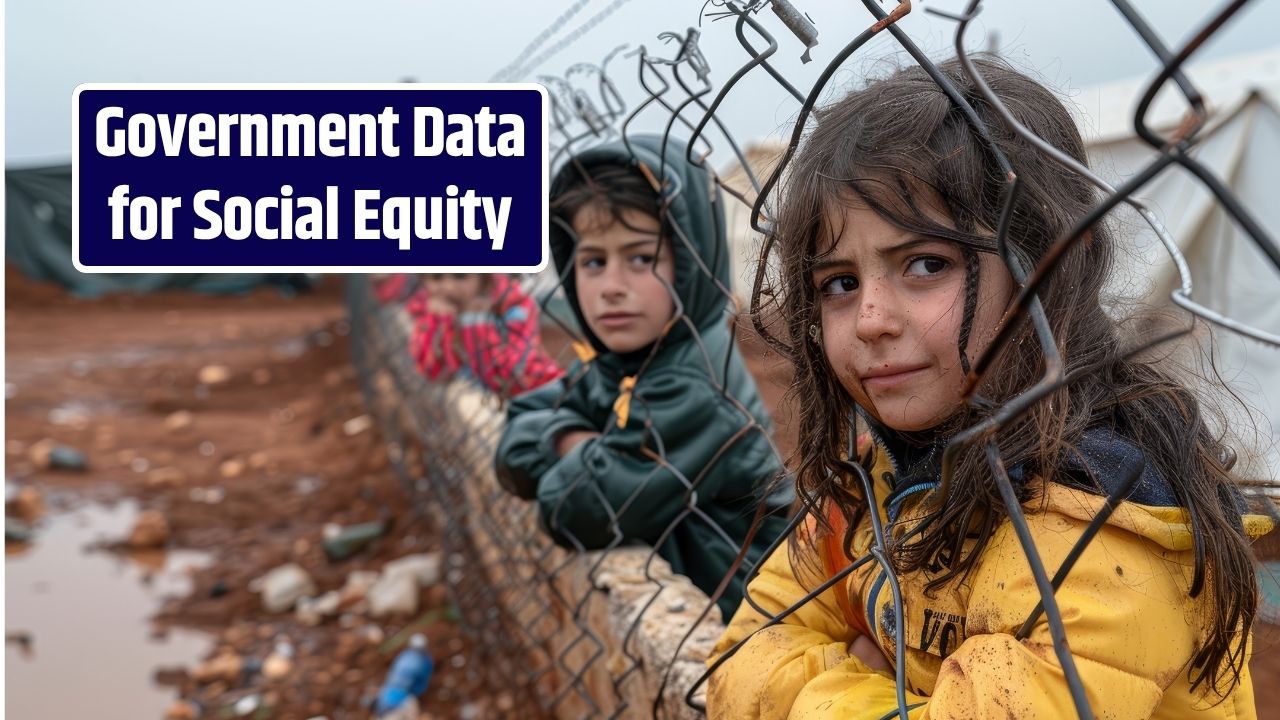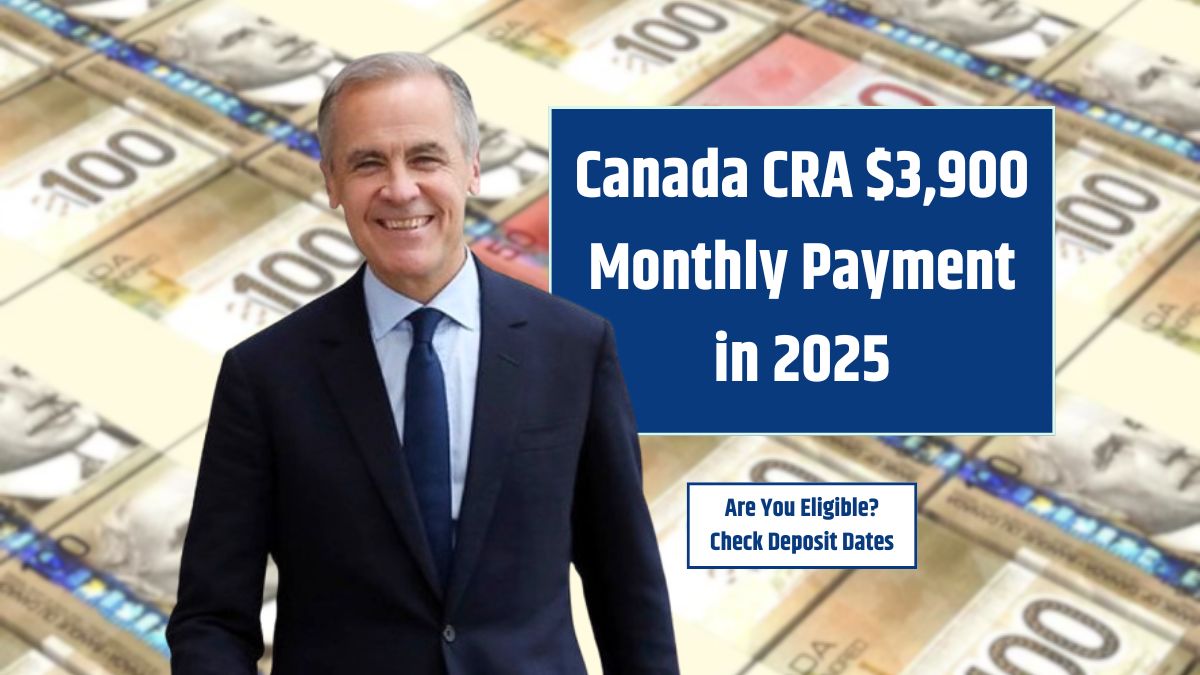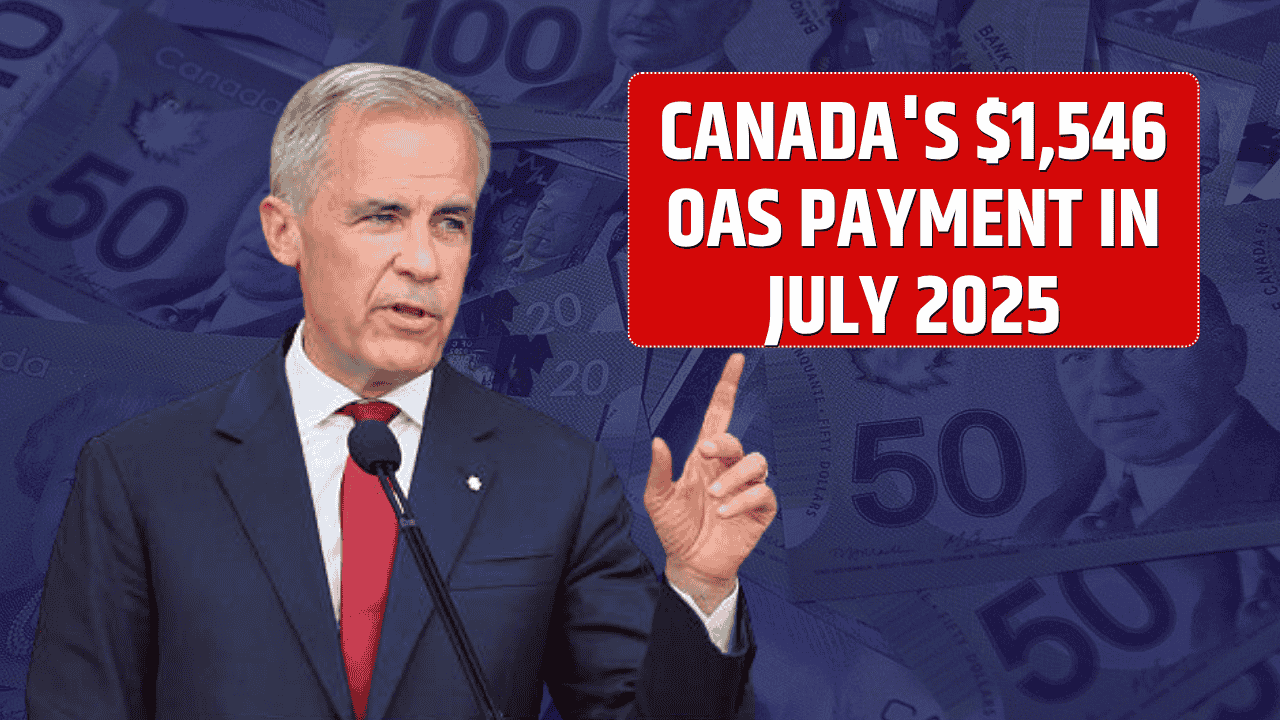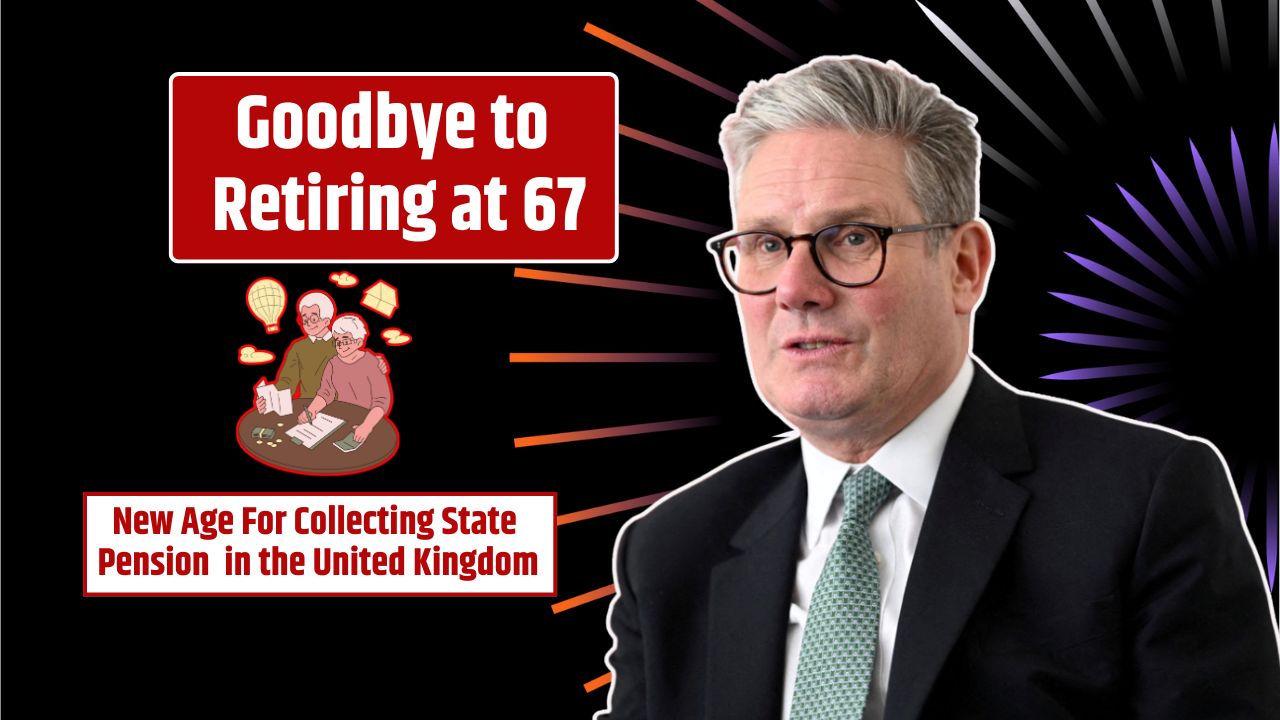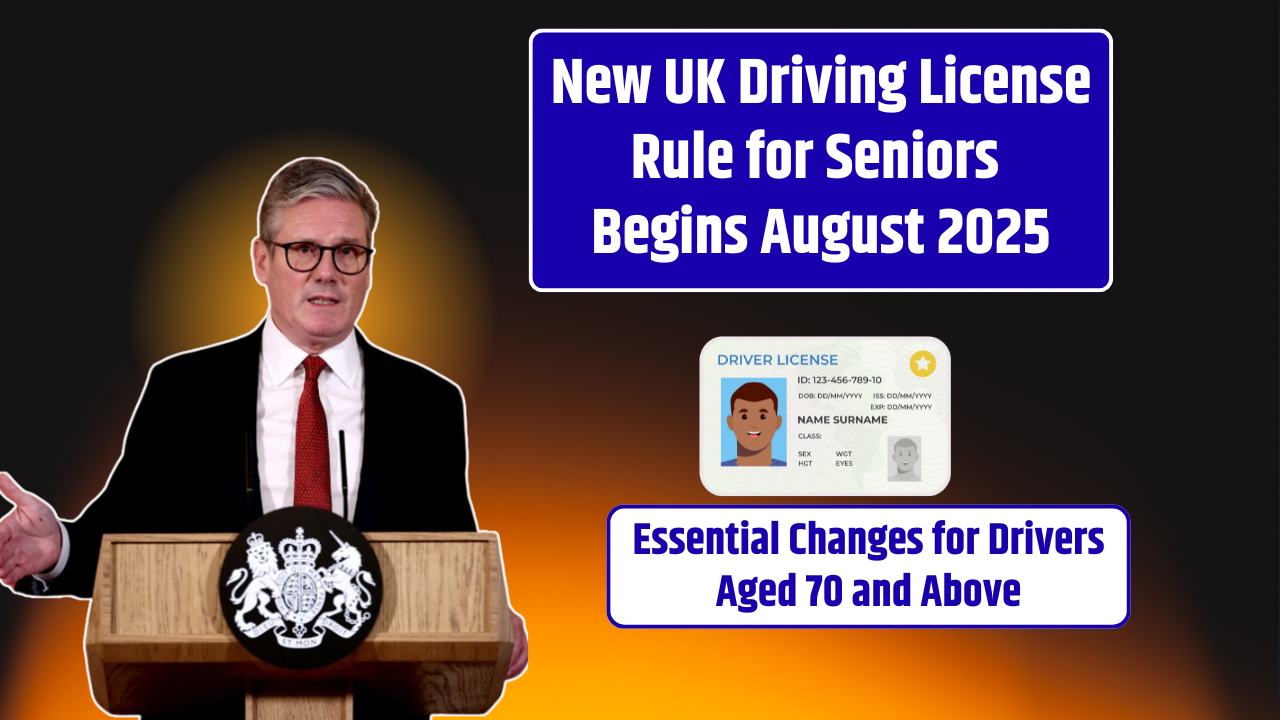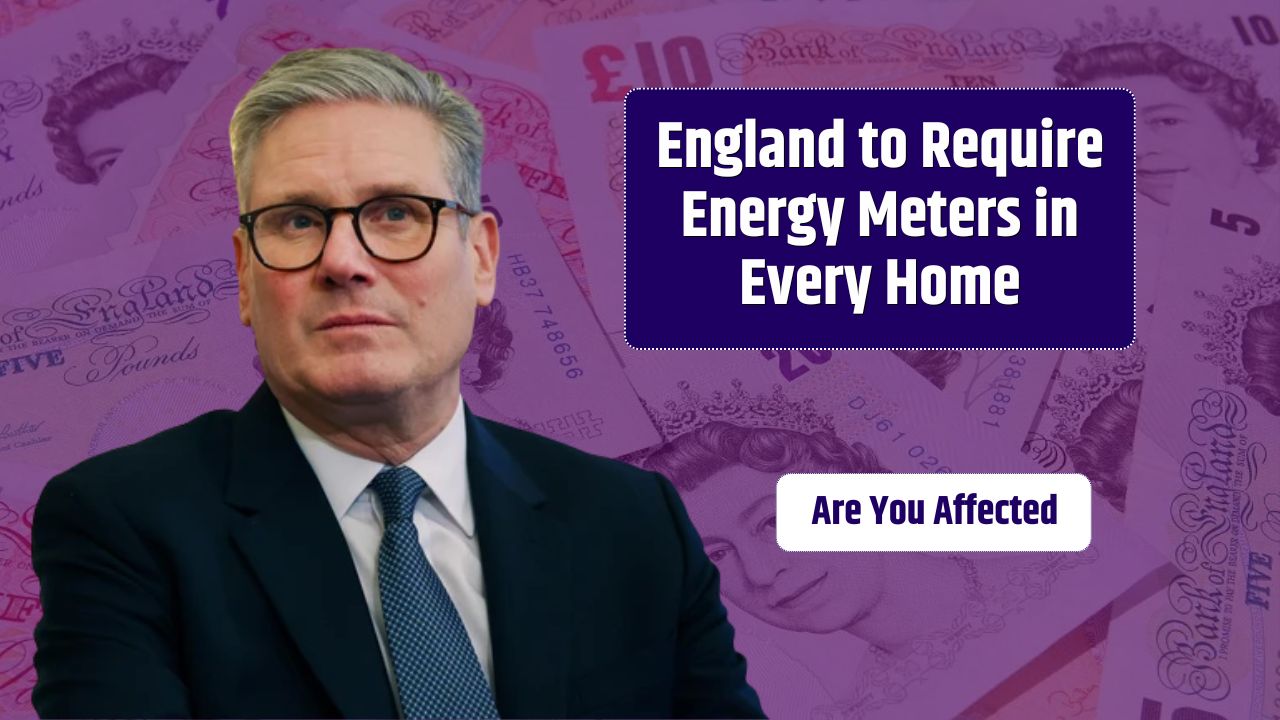In 2025, governments are increasingly turning to data as a key tool in the fight against poverty and inequality. With rising public expectations for smarter, more efficient public programs, data is no longer just for tracking results—it’s being used to predict needs, target services, and evaluate impact.
From housing and healthcare to education and job training, data-driven strategies are helping government agencies better understand social challenges and deliver solutions that are both timely and equitable.
Table of Contents
Why Data Matters in Reducing Poverty and Inequality
Poverty and inequality are complex, interconnected issues. To address them effectively, governments need to move beyond assumptions and rely on real-world information. Data enables:
- Evidence-based policy decisions
- Early identification of at-risk populations
- Improved resource allocation
- Transparent evaluation of program effectiveness
By combining administrative data with advanced analytics, governments can tailor programs to meet the unique needs of communities—especially those historically left behind.
Key Ways Governments Use Data to Tackle Poverty
1. Identifying Who Needs Help—and Where
Governments use geospatial and demographic data to pinpoint areas with high levels of poverty, unemployment, food insecurity, and housing instability. This helps target limited resources to the communities that need them most.
Example:
The U.S. Census Bureau’s Small Area Income and Poverty Estimates (SAIPE) guide federal funding for programs like Title I education grants and school meal subsidies.
2. Targeting Benefits and Services
Integrated data systems allow agencies to match individuals with multiple services—such as food assistance, healthcare, and rental aid—without requiring them to navigate separate applications.
Example:
Some states now use predictive analytics to identify families at risk of homelessness and automatically flag them for early intervention programs.
3. Improving Program Design and Delivery
Data reveals what works and what doesn’t. Agencies use performance data and feedback loops to refine services, eliminate waste, and better meet the needs of marginalized populations.
Example:
The Earned Income Tax Credit (EITC) has been expanded in some areas based on evaluations showing it reduces child poverty and increases workforce participation.
4. Monitoring and Evaluating Impact
Data supports rigorous evaluation of public programs, helping policymakers understand not just how many people are served, but whether their lives actually improve.
| Program | Use of Data | Outcome |
|---|---|---|
| Medicaid Expansion | Longitudinal health data | Increased preventive care, reduced ER visits |
| SNAP (Food Stamps) | Income and employment tracking | Helped smooth income volatility for low-wage earners |
| Early Childhood Education | Long-term educational and income tracking | Improved school readiness and long-term earnings |
5. Advancing Equity and Inclusion
Disaggregated data by race, gender, disability, and ZIP code helps agencies identify disparities in service access and outcomes. This supports the design of equity-focused policies that reduce systemic barriers.
Example:
HUD uses housing data to monitor fair housing compliance and steer resources toward historically underserved communities.
Data in Action: Real-World Example
The Opportunity Atlas, a project by the U.S. Census Bureau and academic researchers, maps economic mobility by neighborhood. It helps governments and nonprofits understand how where a child grows up affects their future income—and target investments in areas with lower mobility rates.
Challenges to Using Data Effectively
While data is powerful, it’s not without hurdles:
- Privacy concerns: Agencies must protect sensitive personal information.
- Data silos: Many systems don’t share data across departments.
- Quality issues: Incomplete or outdated data can lead to poor decisions.
- Capacity limits: Not all agencies have staff trained in data analysis.
Overcoming these barriers requires better infrastructure, cross-agency collaboration, and responsible data governance.
The Future: Smarter, Fairer Programs Through Data
In 2025 and beyond, expect more use of:
- AI and machine learning to predict and prevent hardship
- Real-time data dashboards for program oversight
- Community-led data initiatives that reflect lived experience
- Integrated service portals that simplify access for low-income families
Governments that invest in modern data tools and center equity in their analytics will be best positioned to close the opportunity gap.
By using data to understand root causes, target services, and measure results, governments can move from reactive support to proactive solutions. In the fight against poverty and inequality, data isn’t just an asset—it’s a catalyst for smarter, fairer, and more effective policy.
FAQs
How does government data help fight poverty?
It identifies who needs help, what services are effective, and how resources can be better targeted for maximum impact.
Is data use in public programs safe for individuals?
Yes—when used responsibly with strong privacy safeguards and consent frameworks.
What’s the role of AI in poverty reduction?
AI can predict needs, streamline services, and identify at-risk individuals before crises escalate.

